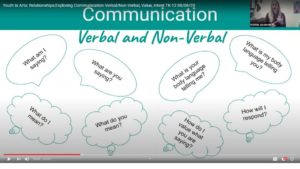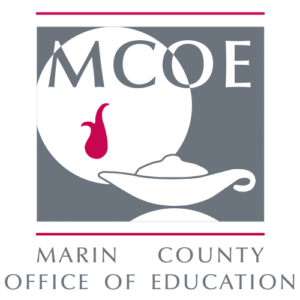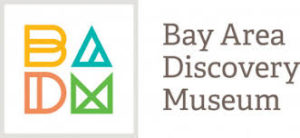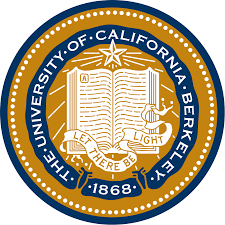How can educators create a community of learners through a digital landscape during COVID-19? How do you get students outdoors in the sunshine with distance learning? How can educators inspire kids to love science if they are looking at computers instead of watching an otter swim?
Youth in Arts Executive Director Kristen Jacobson and Program Director Kelsey Rieger co-facilitated a professional development training for more than 90 TK-12 teachers considering just that. Led by the Marin Office of Education, the team included the Bay Area Discovery Museum, the River Otter Ecology Project and UC Berkeley. Together we looked at the limitations of virtual learning and how to use project-based lessons to create “inquiry driven experiences” for students.
“It was an eye-opening and inspiring week for all – facilitators and participants alike. As a team, we modeled how to use digital tools to move beyond the computer screen,” Kristen said. “Seeing educators design and construct a new framework before our eyes was so encouraging as we look to the fall semester. We were thrilled to be involved.”
The Aug. 3-7 virtual event revolved around the theme My Place in the Watershed: Return of the River Otters. The interactive workshops supported educators in finding ways to support students in their creativity, development and expression during the coronavirus pandemic, when meeting physically in schools may not happen again for a while.
Each day, the workshops began with Social Emotional Learning activities through visual and performing arts. The activities focused on one of the five components of SEL: self awareness, self management, social awareness, relationship skills and responsible decision making. The Youth in Arts team grounded participants with connection to breath, body and self while then building on with activities to explore each SEL component.
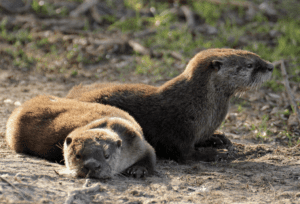
Photo: Tom Reynolds
“Students will be returning with a sense of imbalance, fear, anxiety and stress. It’s so important to start with space for wellness and processing,” Kristen said. “Breaking through the 2-dimensional world at the semester’s start will be a crucial first step as teachers guide learning in this unprecedented way.
“This workshop proved that it is possible. Teachers embraced movement and visual arts-based explorations of self, community, emotion and environment. The comments on the last day reflected that they felt more prepared to meet their students in this way.”
Other challenges educators considered included the engineering design process for young students as well as global change. Questions posed to educators include How do I connect to diversity? and How do I build a community focused on equality and social justice? How do I fit into systems I am a part of?
This program was generously supported by a grant from the Marin Community Foundation and the NOAA.


